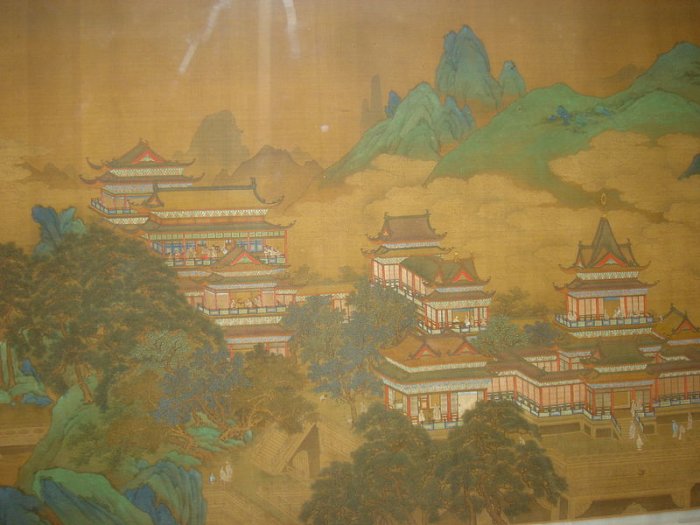Kunlun Mountain – Mythical Dwelling Place Of Gods, Sacred Animals And Symbol Of Axis Mundi In Chinese Mythology
Ellen Lloyd - AncientPages.com -The Kunlun Mountain was a place of great importance to the ancient Chinese.
The sacred mountain was the dwelling place of gods, goddesses, incredible plants, and sacred animals. Its existence shaped Chinese history and symbolized the cosmic axis mentioned in several ancient sources.
Left: A picture of Chiang Tzu-ya at K’un-lun, a depiction of a scene from a story from Chinese myth and legend. Credit: Public Domain. Middle: Peak in the Kunlun range. Credit: Public Domain. Right: 1st–2nd-century lamp in the shape of Kunlun Mountain as the pillar of the sky, a realm of the Queen Mother of the West. Credit: Public Domain
The Kunlun Mountain range does exist. It is one of the longest mountain chains in Asia, extending more than 3,000 kilometers (1,900 miles), forming the northern edge of the Tibetan Plateau south of the Tarim Basin.
The northern rim of the mountain range has long served as the southerly branch of the Silk Road, an ancient network of trade routes that connected China with Central and Southwest Asia.
Mountains can be just as beautiful as dangerous and mysterious. It was often why our ancestors were so captivated by certain mountains, especially those that were not easily accessible.
Kunlun Mountain In Ancient Myths And Legends
Kunlun appears in many ancient myths and legends, and the exact location of this mythical place varies. To the ancient Chinese, Kunlun was the origin of the Chinese civilization and the source of the Yellow River. Other ancient sources say that four rivers flow out of Kunlun Mountain: the Red River, the Yellow River, the Black River, and the Yang River.
Peach Festival of the Queen Mother of the West, a Chinese Ming Dynasty painting from the early 17th century, by an anonymous artist. From the Freer and Sackler Galleries of Washington D.C. Credit: Public Domain
A fifth river that flows around the base of Kunlun, along with the moving sands, prevents people from reaching this heavenly paradise. Only those who practice the art of magic can overcome the obstacles and find their way to Kunlun Mountain.
Many myths describing Kunlun were influenced by Taoist tradition, and in time, the place became regarded as a heavenly paradise.
There are many remarkable ancient stories about the inhabitants of Kunlun Mountain, which were full of unusual fauna and flora.
As explained in another article on Ancient Pages, many legends, myths, and beliefs are associated with the old cult of trees. In a way, a tree was a link between the earthly and supernatural worlds.
Among Christian symbols, we have the Easter palm and Christmas tree, and most civilizations of Mesoamerica cultures have an old belief in the power of the Ceiba Tree. At the same time, cedar is the most sacred tree in the beliefs of Native Americans. Yggdrasil is an eternal and holy tree of life in Norse mythology, and in India, Kalpa Tree' Kalpavriksha' is an ancient wishing tree.
Mount Penglai was just like Mount Kunlun's home to divine beings.
The ancient Chinese believed that on Kunlun Mountain, one could find pearl and jade trees, the Tree of Life, and the fruit of longevity. Legendary ancient Chinese goddess, Queen Mother of the West, had a magnificent palace on the Kunlun Mountain. In her garden grew longevity peaches that would ripen once every three thousand years.
The enigmatic mountain is also home to many animals, including cranes, tigers, birds, and fantastic beasts that only appear in mythology.
According to an ancient legend, King Mu (976-922 B.C) of the Zhou Dynasty once visited Kunlun Mountain. He was astonished when he saw a remarkable Jade palace that belonged to the mythical Yellow Emperor. During his visit, King Mu also met Queen Mother of the West, whom some religious groups even identify with Queen Sheba.
As time passed, Kunlun became identified with Mount Meru, the sacred five-peaked mountain of Hindu, Jain, and Buddhist cosmology. Mount Meru is the center of all the physical, metaphysical, and spiritual universes. Most deities had their celestial kingdom on Mount Meru, considered the center of the universe and the world's axis.
Since there are many accounts of sacred mountains in ancient Chinese mythology, Kunlun Mountain is sometimes confused with or even identified as Mount Penglai, where the eight immortals reside. The difference between these locations is that the legendary Mount Penglai is shrouded in mystery.
"It is a legendary land that many have tried to locate, but so far, no one has succeeded in finding the mythological place where all living creatures are believed to be white, palaces are made from gold and platinum, and jewelry grows on trees. If the place truly exists, it has remained hidden from mortal humans," as mentioned in our earlier article.
Kunlun Was Of Great Historical Importance
The worship of Kunlun goes far back in time. During the Qin dynasty, the first dynasty of Imperial China that lasted from 221 to 206 B.C., people developed a unique cosmological model according to which heaven and earth represented gods. This cosmological perspective was also a political factor; leaders used it to unify their country.
Kunlun became a symbol of the Emperor, making people in the country feel closer to each other.
Archaeologists have discovered bone and bronze inscriptions of the Shang and Zhou Dynasties that show people living during those epochs worshipped Kunlun.
Legends of Mountain Kunlun have been kept alive, and we can read about this fantastic and mysterious paradise in modern poems and other literary works. Several paintings of Kunlun Mountain, its deities, and scenes show events in the ancient Chinese paradise.
Written by Ellen Lloyd – AncientPages.com
Updated on January 2, 2024
Copyright © AncientPages.com All rights reserved. This material may not be published, broadcast, rewritten or redistributed in whole or part without the express written permission of AncientPages.com
Expand for referencesMore From Ancient Pages
-
 Magnetic Field From 9,000 Years Ago Teach Us About The Magnetic Field Today
Archaeology | Aug 17, 2021
Magnetic Field From 9,000 Years Ago Teach Us About The Magnetic Field Today
Archaeology | Aug 17, 2021 -
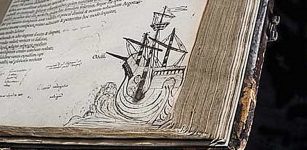 January 2016: Lost Library Of John Dee Revealed In A Special Exhibition
Archaeology | Jan 24, 2016
January 2016: Lost Library Of John Dee Revealed In A Special Exhibition
Archaeology | Jan 24, 2016 -
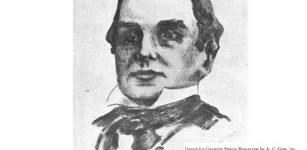 On This Day In History: Samuel Morey Patents The Internal Combustion Engine – On April 1, 1826
News | Apr 1, 2017
On This Day In History: Samuel Morey Patents The Internal Combustion Engine – On April 1, 1826
News | Apr 1, 2017 -
 On This Day In History: Thor Heyerdahl Sails From Morocco On Papyrus Boat Ra II To Barbados – On May 17, 1970
News | May 17, 2016
On This Day In History: Thor Heyerdahl Sails From Morocco On Papyrus Boat Ra II To Barbados – On May 17, 1970
News | May 17, 2016 -
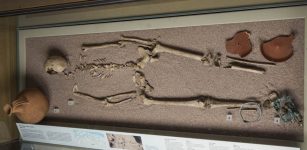 London Was Always A Multicultural City, DNA Research Confirms
Archaeology | Nov 26, 2015
London Was Always A Multicultural City, DNA Research Confirms
Archaeology | Nov 26, 2015 -
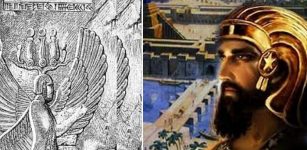 Cyrus The Great: Founder Of Achaemenid Empire Who Conquered Medians, Lydians And Babylonians
Featured Stories | Mar 21, 2019
Cyrus The Great: Founder Of Achaemenid Empire Who Conquered Medians, Lydians And Babylonians
Featured Stories | Mar 21, 2019 -
 Skull Discovered In Ancient City Of Euromus Shows Neurosurgery Performed 2,200 Years Ago
Archaeology | Aug 2, 2019
Skull Discovered In Ancient City Of Euromus Shows Neurosurgery Performed 2,200 Years Ago
Archaeology | Aug 2, 2019 -
 Archaeological Discovery Of “Once-In-A-Lifetime” Medieval Gold Necklace In Britain
Archaeology | Dec 6, 2022
Archaeological Discovery Of “Once-In-A-Lifetime” Medieval Gold Necklace In Britain
Archaeology | Dec 6, 2022 -
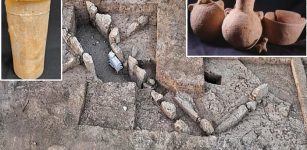 Ancient 5,500-Year-Old Gate Was Discovered Recently At Tell Erani, Near The Kiryat Gat Industrial Zone, Israel
Archaeology | Aug 17, 2023
Ancient 5,500-Year-Old Gate Was Discovered Recently At Tell Erani, Near The Kiryat Gat Industrial Zone, Israel
Archaeology | Aug 17, 2023 -
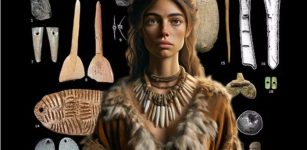 Stone Age Europe Had Nine Distinct Cultures – Ancient Jewelry Reveals
Archaeology | Feb 3, 2024
Stone Age Europe Had Nine Distinct Cultures – Ancient Jewelry Reveals
Archaeology | Feb 3, 2024 -
 48,000-Year-Old Tooth That Belonged To Neanderthal Child Found In Northern Italy
Fossils | Sep 19, 2020
48,000-Year-Old Tooth That Belonged To Neanderthal Child Found In Northern Italy
Fossils | Sep 19, 2020 -
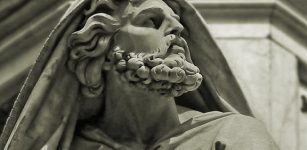 Isaiah: Prophet Who Predicted The Coming Of Jesus Christ To Salvage Mankind From Sin
Biblical Mysteries | Apr 4, 2019
Isaiah: Prophet Who Predicted The Coming Of Jesus Christ To Salvage Mankind From Sin
Biblical Mysteries | Apr 4, 2019 -
 Remarkable Discovery – 22,000-Year-Old Drag-Marks In New Mexico Are The Earliest Evidence Of Transport Vehicles Ever Found!
Archaeology | Feb 24, 2025
Remarkable Discovery – 22,000-Year-Old Drag-Marks In New Mexico Are The Earliest Evidence Of Transport Vehicles Ever Found!
Archaeology | Feb 24, 2025 -
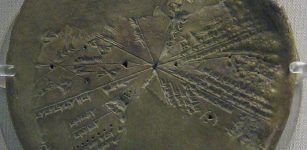 Assyrian King Ashurbanipal’s Great Library With Thousands Of Cuneiform Tablets
Civilizations | Dec 9, 2015
Assyrian King Ashurbanipal’s Great Library With Thousands Of Cuneiform Tablets
Civilizations | Dec 9, 2015 -
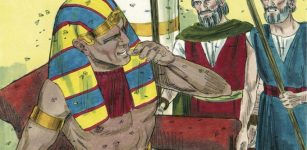 Insects Played An Important Role In The Biblical Exodus
Biblical Mysteries | Jan 13, 2018
Insects Played An Important Role In The Biblical Exodus
Biblical Mysteries | Jan 13, 2018 -
 Riddle Of The Shining Sphere And Its Unknown Properties – Why Did It ‘Vanish’?
Featured Stories | Feb 22, 2020
Riddle Of The Shining Sphere And Its Unknown Properties – Why Did It ‘Vanish’?
Featured Stories | Feb 22, 2020 -
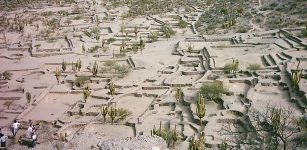 Ancient Ruins Of Quilmes: Largest Pre-Colombian Settlement In Argentina
Featured Stories | Mar 28, 2019
Ancient Ruins Of Quilmes: Largest Pre-Colombian Settlement In Argentina
Featured Stories | Mar 28, 2019 -
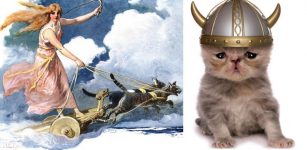 Cats Were Rare And Expensive During The Viking Age – Spectacular Discovery Reveals Why
Featured Stories | Jan 12, 2017
Cats Were Rare And Expensive During The Viking Age – Spectacular Discovery Reveals Why
Featured Stories | Jan 12, 2017 -
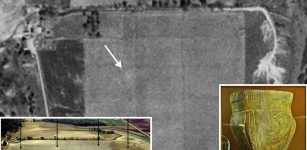 Long-Lost Ancient Burial Mounds Of The Havana Hopewell Culture Re-Discovered In Iowa
Archaeology | Apr 6, 2021
Long-Lost Ancient Burial Mounds Of The Havana Hopewell Culture Re-Discovered In Iowa
Archaeology | Apr 6, 2021 -
 Amazing Adventure Of The Viking Who Escaped A Death Sentence Using His Artistic Talents
Featured Stories | Feb 9, 2025
Amazing Adventure Of The Viking Who Escaped A Death Sentence Using His Artistic Talents
Featured Stories | Feb 9, 2025


